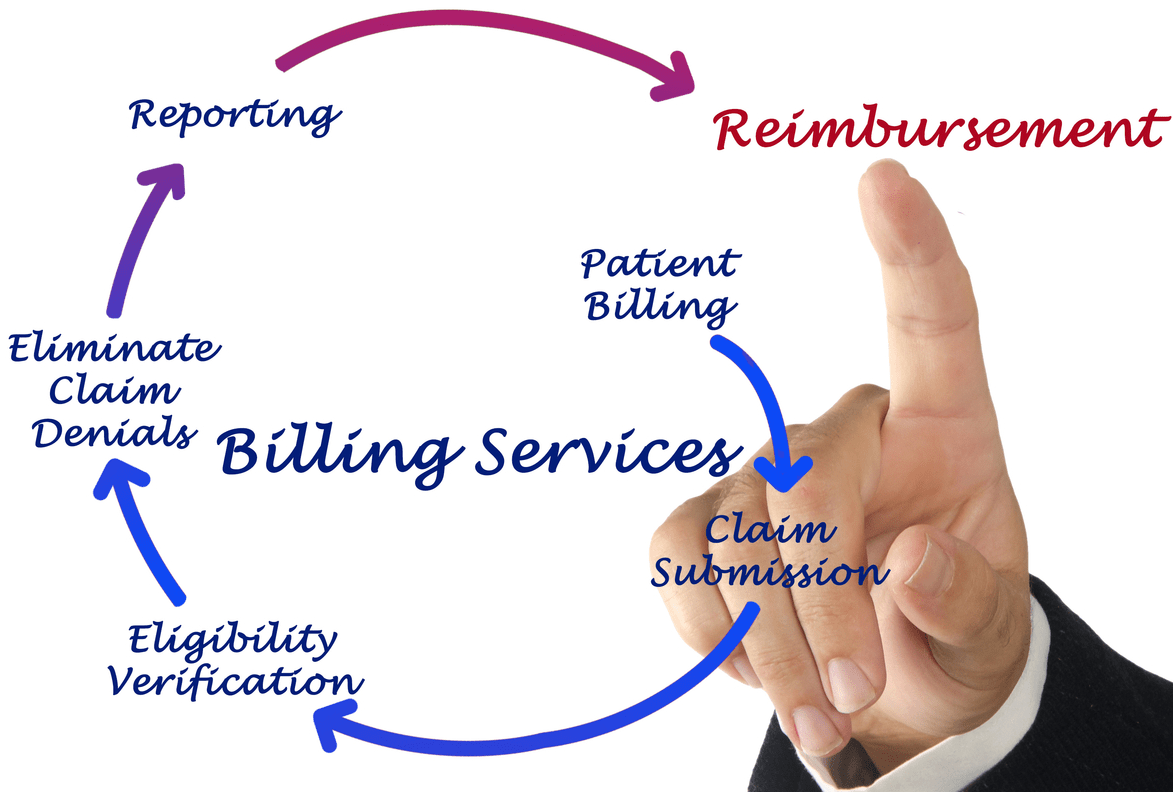Content Attributes
If you do a quick search on Google for the latest eCommerce website design trends, this is what you may come across in ‘Popular Searches:
- “What are some basic strategies for usability in UX on eCommerce websites?”
- “What are some basic UX design principles for eCommerce websites?”
- “What are the unwritten rules for great UI/UX on eCommerce websites?”
So what do you think our answers to these questions are? At our eCommerce web design company, we decided to set aside our knowledge as designers and developers and just ask ourselves a simple question: What irritates and puts us off most when we shop and buy things online?
After thinking for a while, here are some things we found:
- Buttons that are hard to find and tap on
- Missing wishlists and “Buy Later” options
- Too many spammy deals and discount offers are thrown at us
- Lack of great quality product images or photography
- Very few choices in filters
- A messy, hard-to-navigate user interface
- Lack of detailed product descriptions
- No reviews or rating systems to judge the quality of a product
There would probably be more if we asked more people, but the bottom line is: these are some major things that can go wrong with your eCommerce website. Errors can drain your finances and even drive away potential customers.
In the past few months, especially since the beginning of 2023, brick-and-mortar stores have more or less struggled to stay afloat. eCommerce is gaining popularity like never before, and by 2021, the worldwide eCommerce market is stated to grow by a whopping $4.48 trillion. And this is more than double the figures predicted in 2017.
How will you make sure that your eCommerce store hits the right spot in your customers? It’s simple: by paying close attention to UI/UX usability and what makes people tick.
Making The Most of eCommerce UX Trends
If you’re an eCommerce website designer or retailer, it’ll pay to focus on the customer experience and stick to some universal but rock-solid strategies in UX design. That way, you can ensure your business’ growth and see some tangible results.
The average user’s shopping experience consists of a set of a few simple steps. But if you pay attention to these, chances are, you’ll see more impulsive buys, fewer cart and wishlist removals, and greater conversion rates.
A shopping journey usually includes:
- Discovering your eCommerce website
- Searching for products and browsing through catalogs
- The product page
- Adding an item to the cart
- Checkout and payment
- Order confirmation
Now that we’ve covered the main points of the shopping journey, let’s look at some key eCommerce website design strategies you need to implement in your business.
Pack a Punch WIth Great CTAs!
There’s an art to crafting a CTA that converts and inspires. A good CTA should be any or all of the following things:
- Noticeable and vibrant
- Looks click-worthy
- Feels safe to touch and click
- This is in contrast with the rest of the page
So is your CTA clear and precise? Does it inspire people to take a call, make a purchase, or buy on impulse? Then you’re probably getting it right. If not, it’s time you create a CTA that’s not littered with generic words like “Buy This” or “Check This Out.”
Placing a large, high-quality image with a CTA is an incredibly effective eCommerce navigation UX strategy. Take a cue from Polaroid’s compelling CTA here:
Maintain The Hierarchy!
When it comes to eCommerce website design, maintaining a level of visual hierarchy is of prime importance. For example, the next time you visit a popular eCommerce site, notice how every element is placed in a top-to-bottom layout. This is to make navigation easier and more comfortable.
You can see the following elements on almost every eCommerce store homepage today:
- The name and logo in the header
- A search bar somewhere at the top-right corner
- A smooth navigation menu
- Sliders and the main image
- The main content area
- The footer at the bottom
An eCommerce website design that genuinely sells always features a pristine visual hierarchy of elements. You can never go wrong with a design that helps people find things instantly. Add to it some stunning visuals and typography, and you have a website that converts.
Here’s how Chanel ensures excellent usability and user experience by incorporating a beautiful visual hierarchy on its official website.
Inspire Discovery
Not all visitors will land on your website looking to make a purchase. If this study by Nielsen Norman is anything to go by, there are mainly five types of shoppers on eCommerce websites, and most often, they are “browsers.” Most often, a “browser” doesn’t look for something specific to buy. They could simply be strolling through to see if something catches their eye.
Your eCommerce mobile UX and website design should give shoppers the freedom to browse and discover something they aren’t expecting. You can start by putting best-selling products or recent additions on display. That way, you let customers know what’s in stock and what’s trending.
Here’s how Etsy engages the browser by displaying what’s hot and all product categories:
Perfecting the art of product page UX design will go a long way toward engaging your visitors and urging them to make a purchase.
Relying on Reviews
Research by Dr. Robert Cialdini, a leading figure in the science of influence, suggests how people are mostly influenced by how others around them behave. This is also known as the principle of persuasion and is a proven strategy in eCommerce.
Case in point: Amazon. Every day, thousands of users add reviews of product purchases on the shopping site, which bolster other customers’ confidence while buying something. As an eCommerce retailer, you can make sure people buy your products by adding reviews, ratings, and comment buttons.
Wrapping Up
Great user experiences are vital to your eCommerce business’s performance. Strategic eCommerce website design will inspire more conversions, drive loyalty, and love for your brand and even encourage them to recommend you.
With time, shopping online will become more and more common in our everyday lives. This presents a great opportunity for every eCommerce business that’s just starting out. It’ll no longer be sufficient just to build a website. For success in the global eCommerce marketplace, your website should go beyond the basics and focus on eCommerce UX best practices.
Looking for a reliable agency to develop your eCommerce website? Drop us a line and we’ll get you started.



